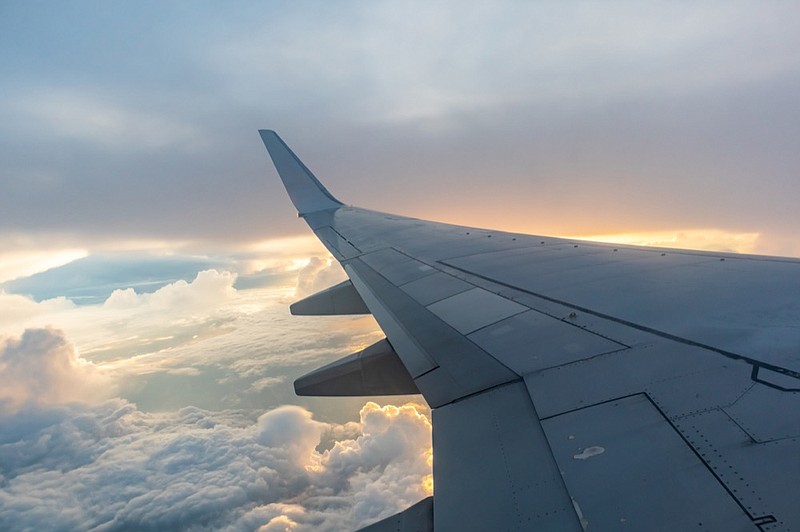No sector of the economy has been hit harder by the coronavirus outbreak than the passenger air transport system. Demand for domestic travel has plummeted by 95%, and airlines have responded by cutting four out of every five scheduled flights and parking hundreds of jets, producing a fount of red ink with no end in sight. Eventually, passengers will return to the skies.
But not for a while, and when they do it will be a very different experience.
For a precedent, look to the aftermath of the 9/11/2001 terrorist attacks. The civilian air traffic system was shut down for two days and passenger embarkations fell off the table, only fully recovering years later. Six major carriers filed for bankruptcy (the seventh, American, held out until 2011). Already beset by too many competitors and still adjusting to the market demands of deregulation, a consolidation took place that winnowed the number of major players down from nine to just four which now control 80% of the domestic market.
Service levels declined, as airlines reduced amenities, crammed more seats onto aircraft, and piled on extra fees. Not until 2016 did the cumulative profit of US airlines over their entire history turn positive, but at last it seemed that clear skies beckoned.
Enter the Covid-19 pandemic. Analysts now expect the global airline industry to lose a staggering $300 billion in 2020 alone. Most of the US carriers have seen their stock prices fall by 50-60%, with the latest blow coming on the announcement that Warren Buffet had dumped all four of his airline stocks. Buffet, who had previously owned 9-11% stakes in each, said he expects to see carriers add another $40 billion in debt to survive on top of the current $25 billion in federal aid, and says that he sees the airline business changing "in a very major way."
Suppliers too are feeling the pain. Boeing recently announced the furlough of 16,000 workers as it slows production in response to order cancellations and deferrals from customers. The plane maker does not expect passenger volumes to return to pre-virus levels for at least 3 years, and last week cancelled a long-planned $4 billion acquisition of Brazilian jet builder Embraer. Down the food chain, GE announced the layoff of 50% of its jet engine division.
Compared with 2001, the US airlines entered this crisis in much better financial health. Their ability to raise new debt capital combined help from Uncle Sam likely means the major carriers will survive without resorting to bankruptcy. But flyers will soon encounter major changes that will add cost and inconvenience to an already taxing experience.
Expect deep discounts on air fares for a fleeting moment in an effort to lure wary customers back. But get ready before long for steep hikes as the additional costs of "social distance" flying begin to bite. According to the International Air Transport Association, pre-crisis profit per passenger was a meager $6. In the aftermath, any return to profitability lies years in the future.
Accustomed to herding weary travelers onto crowded planes, carriers may now need to reconfigure for more space or limit sales of middle seats. Expect longer lines at TSA to accommodate the imposition of health screenings before boarding. Look for extended layovers as equipment and luggage must be disinfected more frequently. Many unprofitable routes to smaller cities will be ditched. And get ready for even fewer amenities and more fees in response to much higher costs.
If there's a small upside for travelers, the changes may mean less crowded terminals in order to maintain appropriate separation. But guess who's gonna pay.
Christopher A. Hopkins, CFA, is a vice president and portfolio manager for Barnett & Co. in Chattanooga
